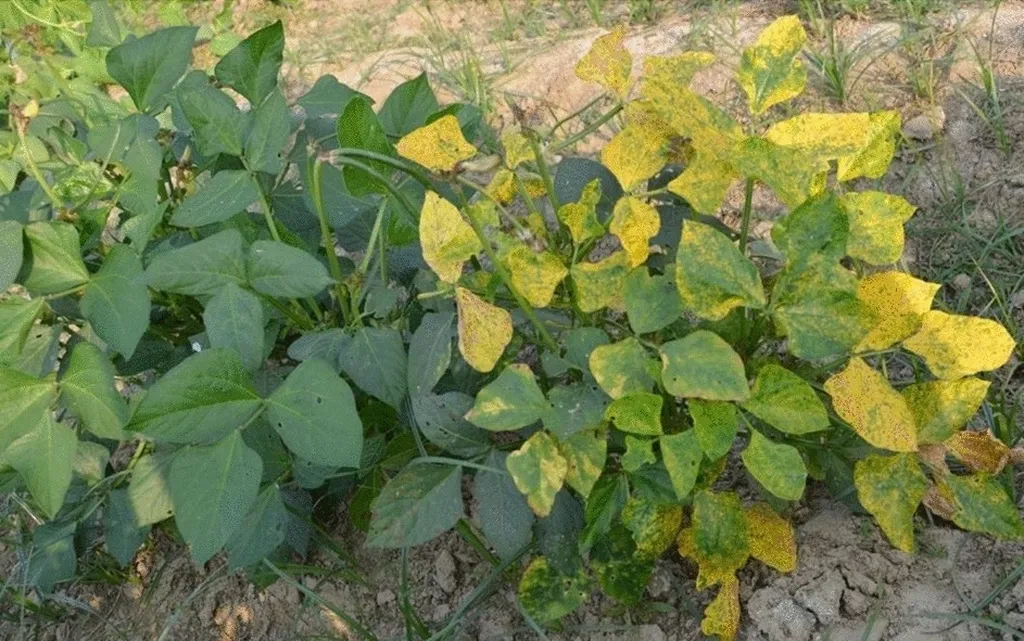In the heart of India’s agricultural landscape, a groundbreaking study is set to revolutionize cowpea farming, offering a beacon of hope for farmers battling the devastating yellow mosaic disease. The research, led by N. Nagesha from the Department of Plant Biotechnology at the University of Agricultural Sciences in Bangalore, has identified promising cowpea genotypes resistant to this pervasive disease, potentially transforming the agricultural sector.
Cowpea, a vital crop in many tropical and subtropical regions, faces significant threats from yellow mosaic disease, caused by the Bean Common Mosaic Virus (BCMV) and Cowpea Yellow Mosaic Virus (CYMV). This disease can lead to substantial yield losses, posing a significant challenge to farmers and the agricultural economy.
The study, published in the ‘International Journal of Bio-Resource and Stress Management’, screened 120 cowpea germplasm lines, including two check varieties, to identify genotypes resistant to the disease. The results were promising, with 28 genotypes showing no disease symptoms and 15 exhibiting resistance. “This is a significant finding,” says Nagesha, “as these resistant genotypes can be used in future breeding programs to develop varieties that are not only high-yielding but also resistant to yellow mosaic disease.”
The researchers employed specific Simple Sequence Repeat (SSR) markers linked to BCMV and CYMV to validate the resistance. Out of the four SSR markers linked to BCMV, three (M15, M80, and Y96) showed the desired amplification, with the MA15 marker explaining 3.96% of phenotypic variation. For CYMV, two markers (VM1 and AG1/AF48383) gave the desired amplification, with the AG1/AF48383 marker explaining 3.80% of phenotypic variation.
The commercial implications of this research are substantial. Cowpea is a crucial crop for food security in many regions, and the development of disease-resistant varieties can lead to increased yields and improved farmer livelihoods. “This research is a step towards sustainable agriculture,” Nagesha notes, “as it reduces the need for chemical interventions and promotes the use of naturally resistant varieties.”
The identified resistant genotypes can be introgressed into popular market varieties, enhancing their resistance to yellow mosaic disease. This can lead to a significant reduction in yield losses, benefiting farmers and the agricultural economy. Moreover, the use of SSR markers for disease resistance validation can accelerate the breeding process, making it more efficient and targeted.
This research is a testament to the power of biotechnology in agriculture. By harnessing the potential of genetic markers, scientists can develop disease-resistant varieties, ensuring food security and promoting sustainable agriculture. As Nagesha puts it, “This is just the beginning. The future of agriculture lies in our ability to understand and utilize the genetic diversity of our crops.”
The study’s findings open up new avenues for research and development in the field of cowpea improvement. It underscores the importance of investing in agricultural research and biotechnology to tackle the challenges posed by diseases and ensure food security for future generations. With the identified resistant genotypes and the validated SSR markers, the future of cowpea farming looks promising, offering hope for a more resilient and sustainable agricultural sector.

